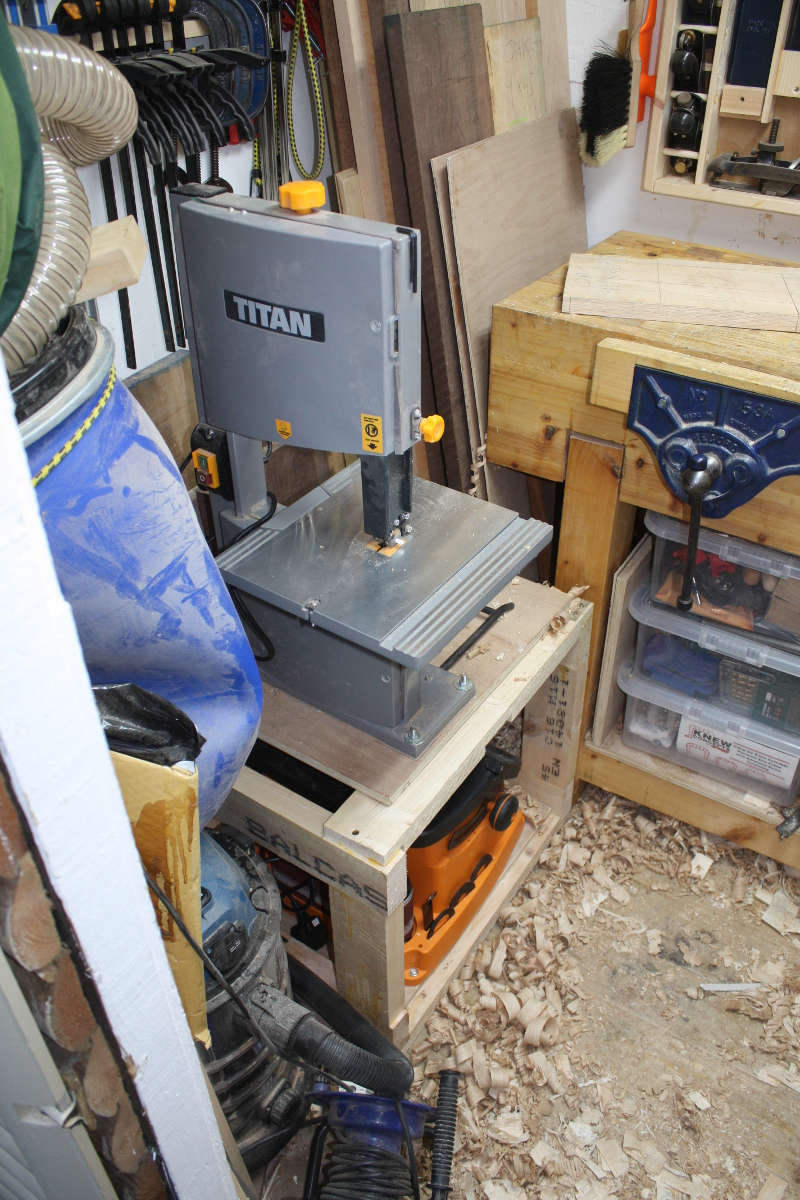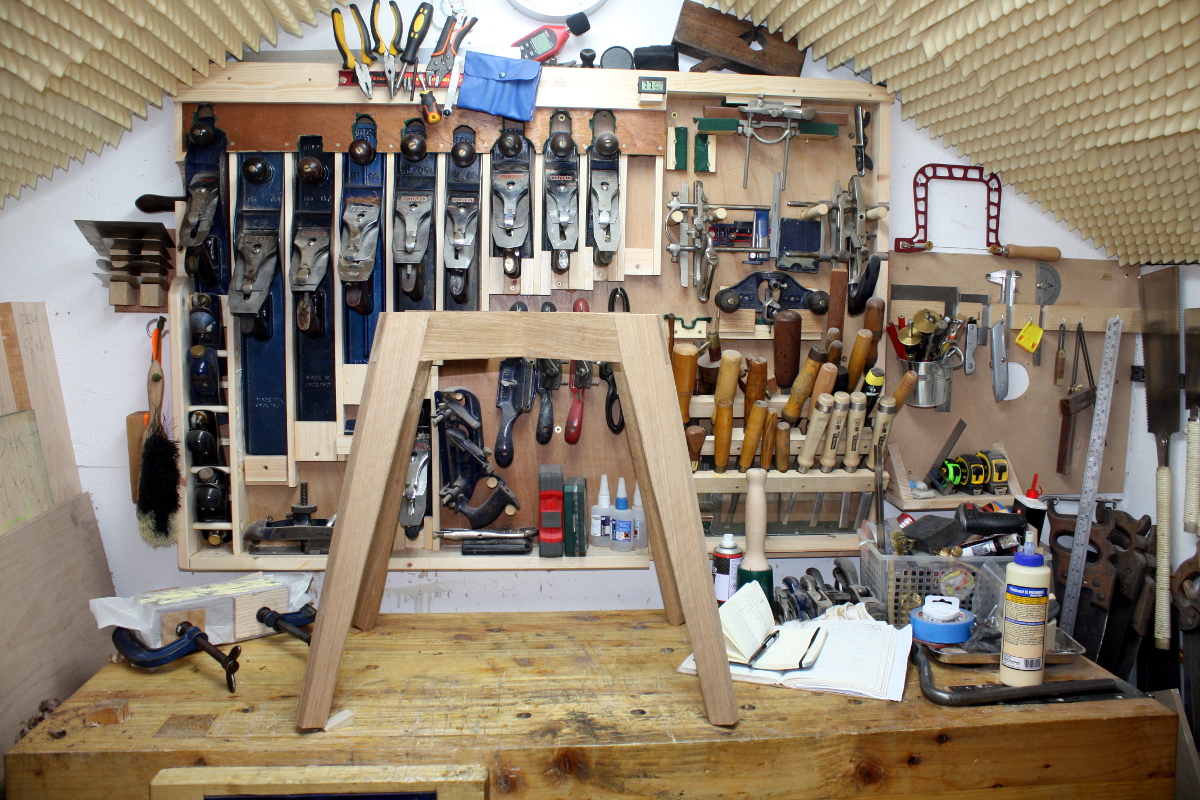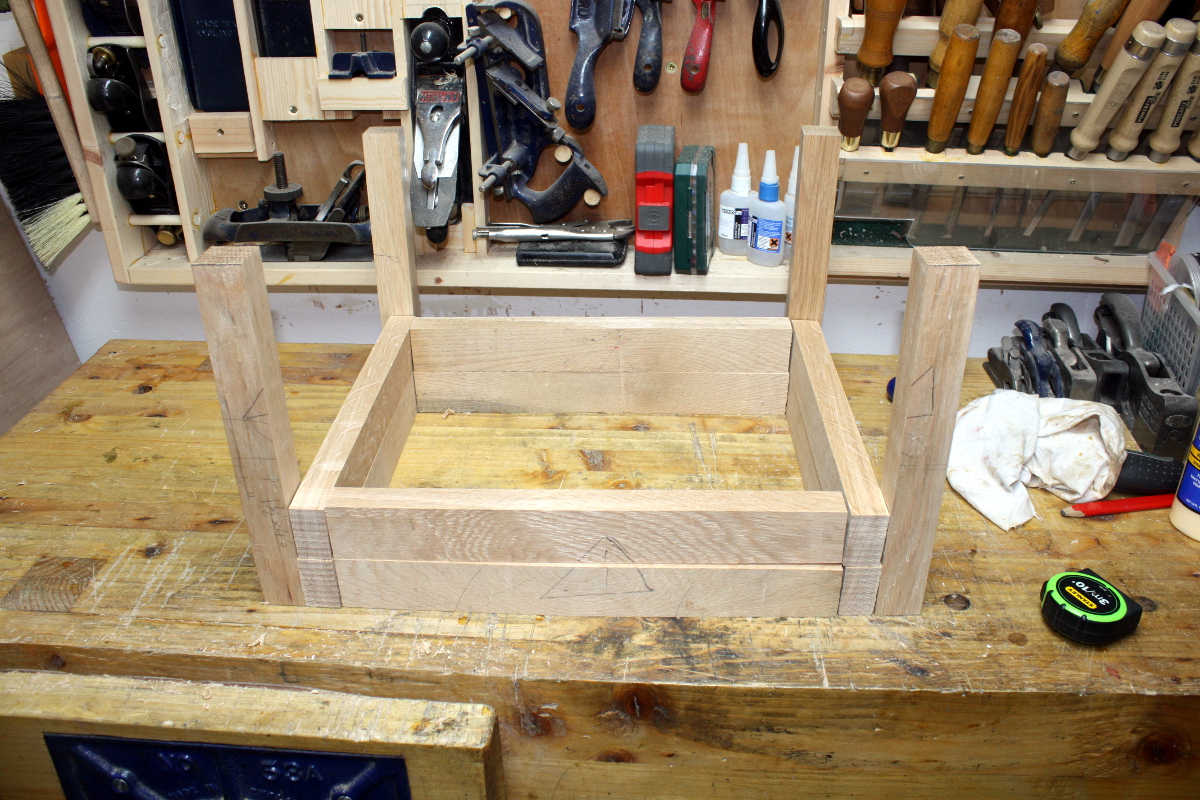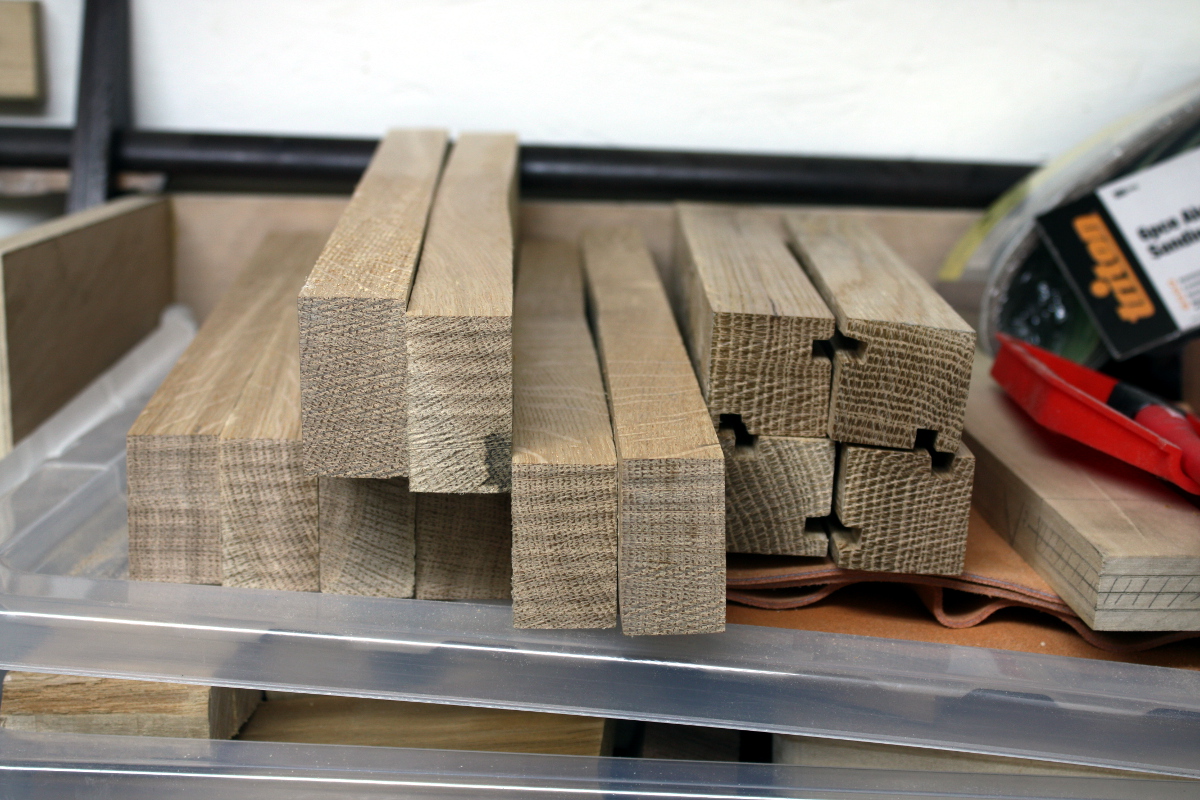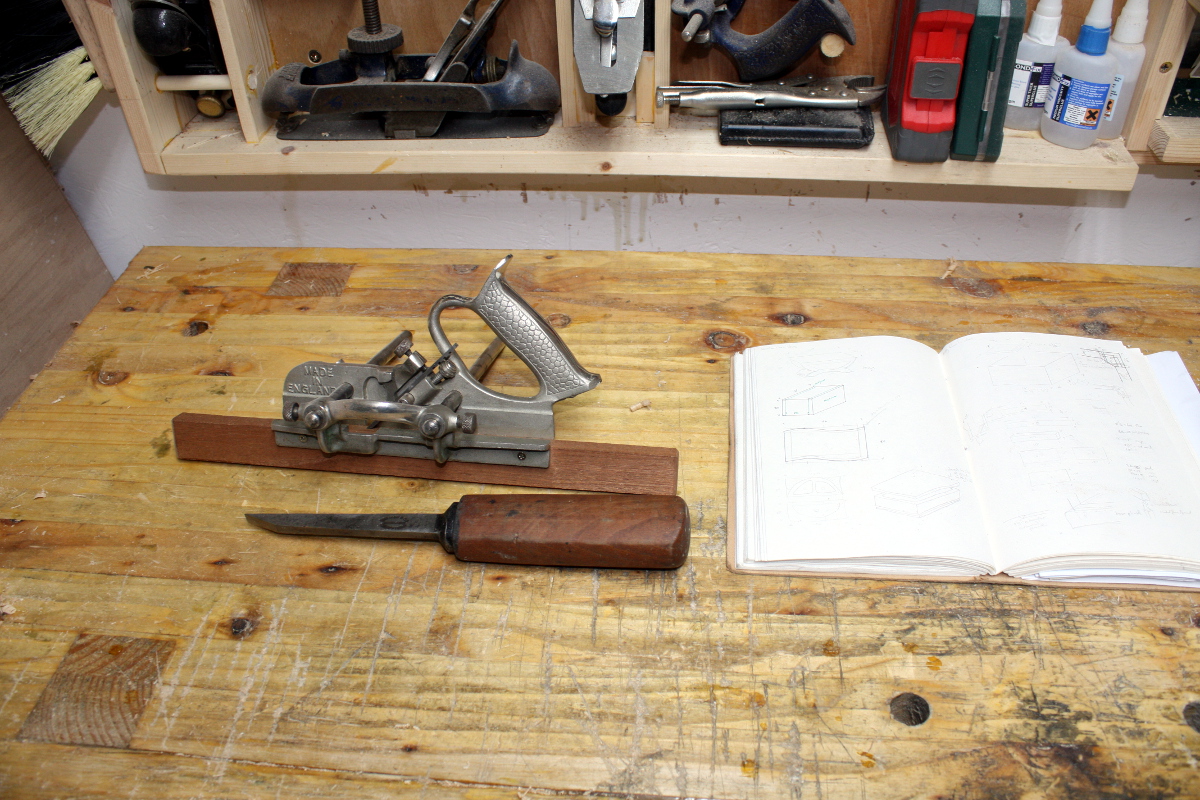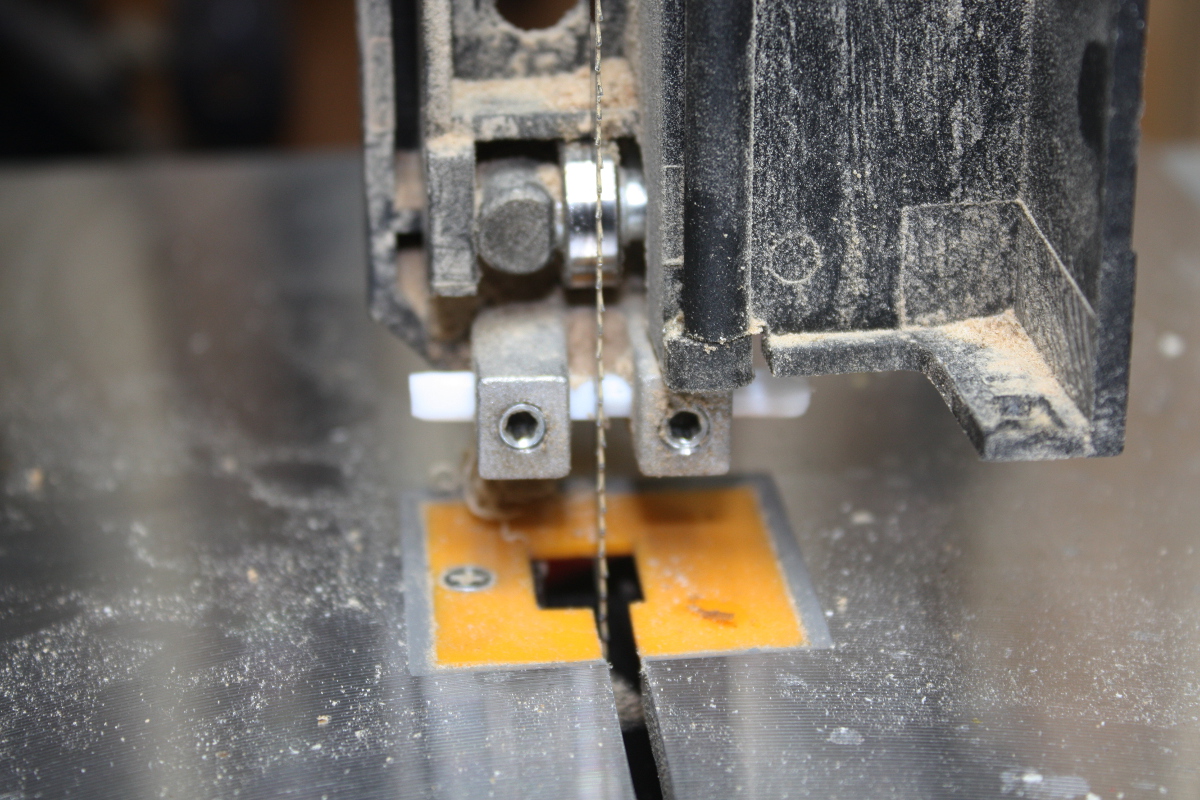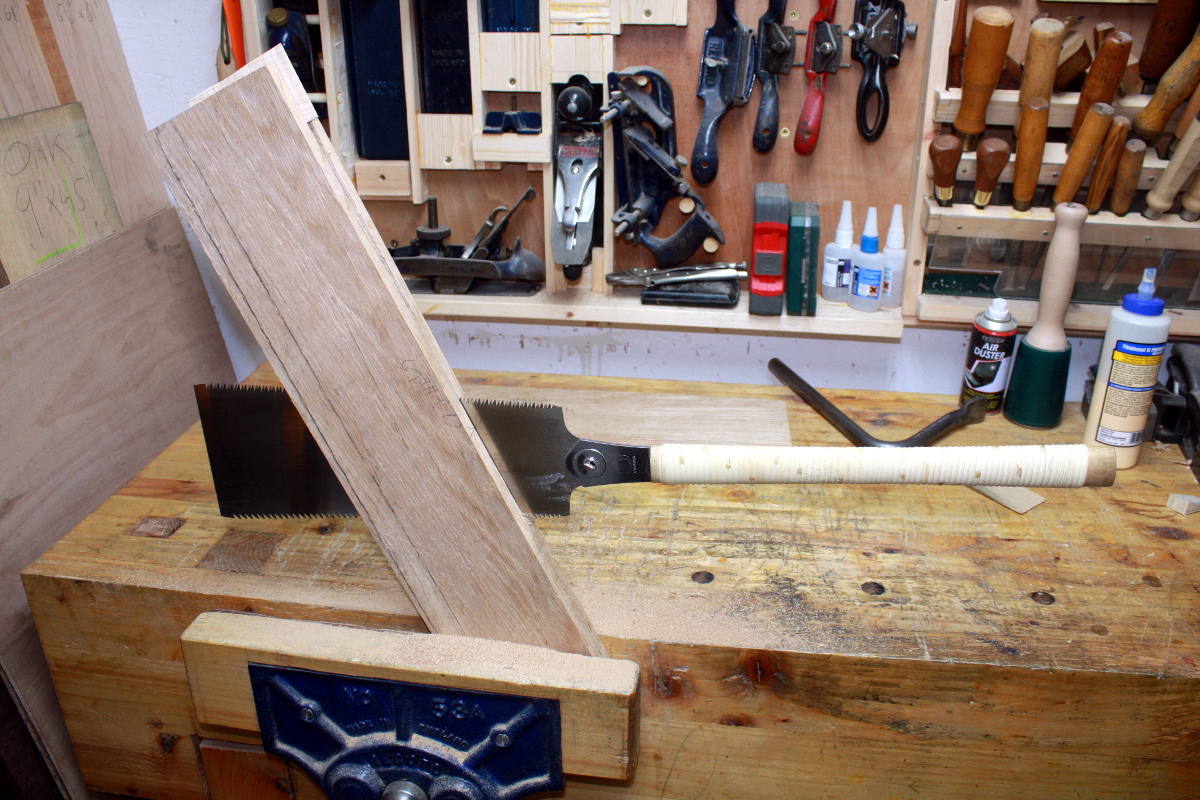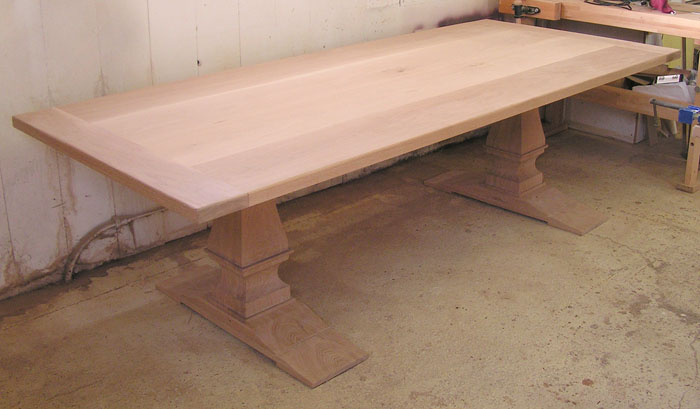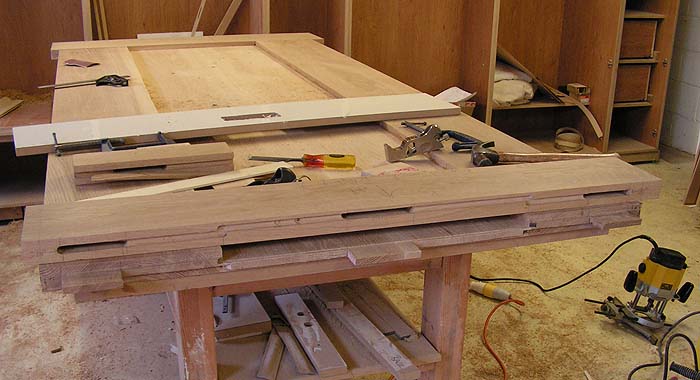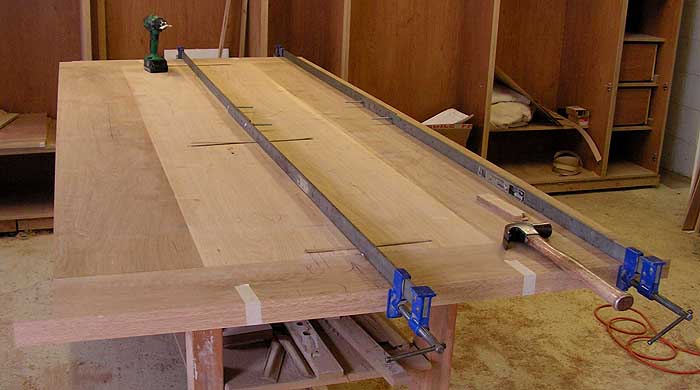phil.p":2xafk5j5 said:I know everyone can park on a public road. but a little thought sometimes wouldn't go amiss. I was doing a lot of serious building work a few years ago and someone parked right across my garden gate .............. and went on holiday for a month.
I think that vehicle would spontaneously combust one evening, or strangely be dragged to the local scrap dealer.
Mike




